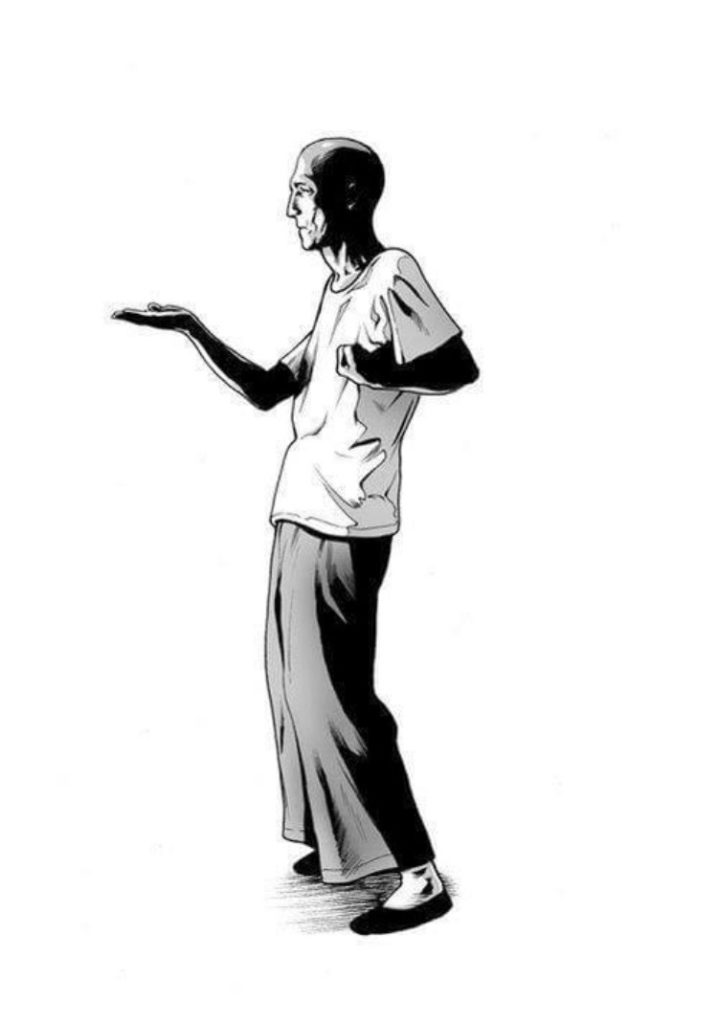What exactly is mindful Wing Chun? Mindful Wing Chun is the name of one of the biggest Wing Chun schools in Hong Kong and is located in the Heart of the city. See their website here. Their mission is to pass on Grandmaster Chu Shong Tin’s teachings. But in what way was Chu Shong Tin’s Wing Chun mindful, and how does it relate to Wing Chun as a fighting art?
Chu Shong Tin was the 3rd disciple of Grandmaster Yip (Ip) Man, and was given the nickname King of Siu Nim Tao by Yip Man, for his mastery of the form and its core concepts.
All Wing Chun should be done with mindfulness and intent. Mindlessly cranking out forms won’t help you much if you don’t pay attention while doing them, or understand what you’re doing.
You don’t have to be a Chu Shong Tin student to practice mindful Wing Chun.
Get in your basic stance. Pay close attention to every movement you make, really concentrate and be as precise as possible. Notice your whole body and any tension in it, relaxing it as you go. Begin your Siu Nim Tao paying close attention to everything you feel. How each movement changes your body structure. Notice how your weight distribution changes as you expand out your arms. Does any tension arise as this happens? Can you relax it?
Work your way up to taking 10 minutes to finish a Siu Nim Tao, then 20, then 30, then an hour.
When you do this every day, with a close focus on every movement, as slowly and precisely as possible, your Wing Chun will be “mindful”.
This is exactly what Chu Shong Tin did and this is the key to mindful Wing Chun.
Mindful Wing Chun – Testing
A useful exercise to help you understand how your body relates to pressure is testing. Without testing your positions, you only have chi sau and forms to practice to help you understand how your body relates to pressure. Since forms are generally practiced alone, they can easily be misconstrued, especially without instruction. Many hours of practice could be for nothing if you are mindlessly running through them without focus or understanding.

Testing allows you to feel first hand how your arms and body relate to a small pressure from a partner/instructor. As you become more accustomed to smaller pressures, you can allow your body to better absorb the pressure using mindful relaxation of the body and improved structure/alignment. Over time this pressure can be gently increased and with practice, this becomes automatic.

This exercise is useful as it allows you to feel how your internal wing chun absorbs force and generates power. Initially, it feels correct to use force to generate and/or absorb pressure. You tighten up your muscles. But this only serves to detach your limb from your body and disconnect your arm from your mass. A bicep or tricep is much more limited than the power you can generate more holistically by using your full mass and internal power.
Fighting & The Martial Art
How does mindful Wing Chun relate to fighting though? Mindfulness can easily be misconstrued as some weakened form of fighting which has no practical elements. However the opposite is true. Mindful Wing Chun serves as a “driving engine” to Wing Chun’s core principles: economy of motion and minimum movement.
To generate power from a short range, relaxation is needed. To absorb pressure more easily also requires relaxation. Without being mindful of how the body reacts to pressure and/or generates power, it is easy to get into an agitated state of mind in which your muscles are tense, in expectation of a fight/flight response. But this very state is counterproductive to Wing Chun’s ability to generate power, react appropriately (and instinctively) and/or absorb pressure.
Being mindful of the forms through repetition is the perfect method of changing this and “installing” a calm state of relaxation which affects your mind and body. This is useful for more than only the martial aspect of the system. In daily life this can help you to stay calm and avoid stress, or keep calm under duress.
A daily practice of Siu Lim Tao with mindfulness can help you focus the mind and body. Notice tension rising in the body while moving through the pattern and relax your body as you do so. This simple practice has many benefits not least of which is to improve your Wing Chun in profound ways.


